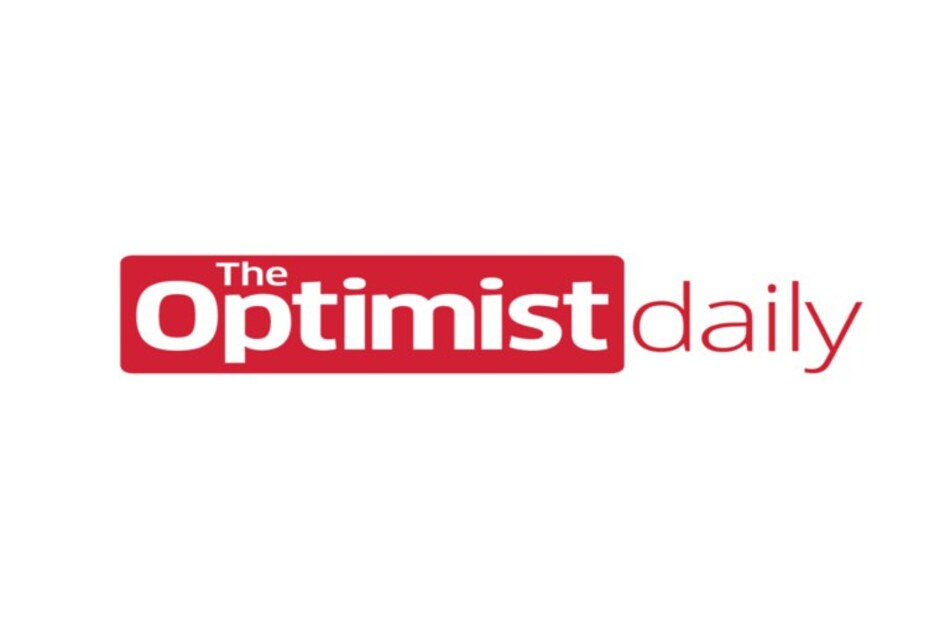Part of what happens when a dramatic event shocks the world is that the headline news cycle moves fast in one direction, and we can lose sight of the context within which these events are occurring. The answer to that cycle is to seek out historical context. An excellent overview of the key events that have characterized Ukraine and Russia’s modern history were published by NPR last week. We have created a bullet point of this timeline here but invite you to also go check out the original source.
1991:
— Ukrainian Parliament declares independence, marking their Independence Day, August 24.
— The Soviet Union falls on December 25.
1992:
— Ukraine opens talks with NATO. The US, UK, and Russia recognize its sovereignty and borders.
1994-2004:
— Ukrainian President Leonid Kushna attempts transitions into a capitalist society, privatizing business, and opening its economy to the West.
2004:
— Viktor Yushchenko runs against Viktor Yanukovych, supported by Russia.
— Doctors confirm that Yushchenko is poisoned.
— Yushchenko wins the election after false allegations of election fraud and the ensuing Orange Revolution.
2008:
— Ukraine attempts to join NATO but is rejected. NATO promises that Ukraine will join NATO in the future.
2009:
— Russia stops pumping gas into Ukraine.
2010-11:
— Yanukovych is elected president. He resumes gas running through Ukraine and suppresses political opposition.
2014:
— Yanukovych refuses to sign a trade agreement with the West under Russian pressure.
— Protests erupt, protestors occupy government buildings in Kyiv’s Independence Square, and 100 people die in police clashes.
— Yanukovych flees to Russia ahead of impeachment.
— Russia declares this to be an illegal coup and places troops on the Crimean border.
— Crimea votes to secede from Ukraine in a disputed election.
— Russia completes the annexation of Crimea. The US and EU condemn and sanction Russia.
— April: Violence breaks out in the Donbas region.
— Separatist forces in Donetsk and Luhansk regions declare independence with Russian support.
— May: Petro Poroshenko is elected president, tries to reduce corruption and Ukrainian reliance on Russian gas
— The first Minsk Agreement is signed in September, a brief ceasefire begins in Eastern Ukraine, but violence soon breaks out again.
2015:
— A second Minsk Agreement fails to end violence in Eastern Ukraine, with a mounting death toll pushing Ukrainian sentiment toward NATO.
2016-2017:
— Fighting in Donbas continues, and Russia launches major cyberattacks on important Ukrainian infrastructure.
2019:
— Volodymyr Zelensky is elected president, promising to restore the economy and end conflict.
— Zelensky asks the US to intercede in peace negotiations with Russia, but nothing comes of this.
2021:
— April: Russia puts over 100,000 troops on Ukraine’s border, and Zelensky urges NATO to accept Ukraine’s membership.
— Some of the Russian troops on Ukraine’s border leave.
— August: the US says that it is committed to Ukraine’s sovereignty, but no action is taken toward its membership in NATO.
— November: Russia resumes stationing troops on Ukraine’s border, alarming NATO.
— December: the US urges Russia against invading Ukraine. Putin responds with demands that Ukraine be forbidden NATO membership and NATO troops be pulled from certain countries.
2022:
— January: Russia declares it has no intentions to invade Ukraine.
— The US orders families of staff to leave its embassy, and NATO places forces on standby in nearby countries.
— The US and NATO declare they will not forbid Ukraine NATO membership but say they are open to negotiate on other subjects.
— February: French and German diplomatic efforts with Russia increase.
— The US sends more troops into neighboring Poland and Romania.
— Russia and Belarus begin military exercises on Ukraine’s northern border, adding another 30,000 troops.
— Fighting escalates in Donetsk and Luhansk, and Putin declares that “genocide” is being committed in these regions.
— Russian troop numbers increase further, and Putin formally recognizes the independence of Donetsk and Luhansk regions.
— The US, UK, and EU declare additional sanctions on Russian oligarchs and banks.
— Russia launches a full invasion of Ukraine on February 24.












